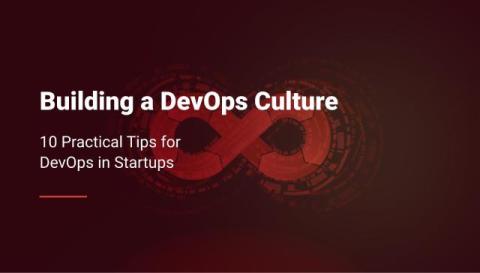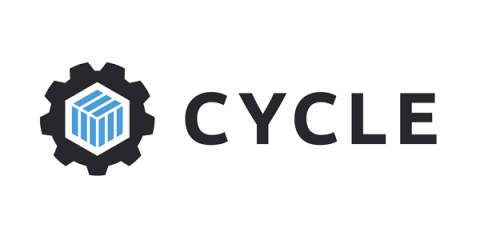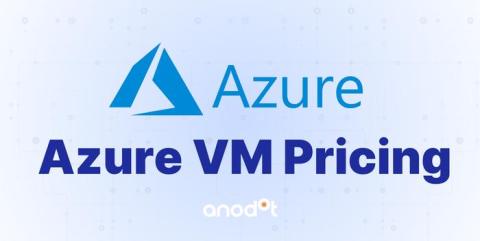Operational Level Agreement: Definition, Purpose and Benefits
Have you ever wondered how internal teams in an organization stay on the same page? Operational Level Agreements (OLAs) are the essential tools that make it happen. Originating within organizations to streamline interactions and clarify responsibilities, OLAs are especially common in IT departments. They help tackle everyday challenges like miscommunication, overlapping duties, and inconsistent IT Service Management (ITSM).











